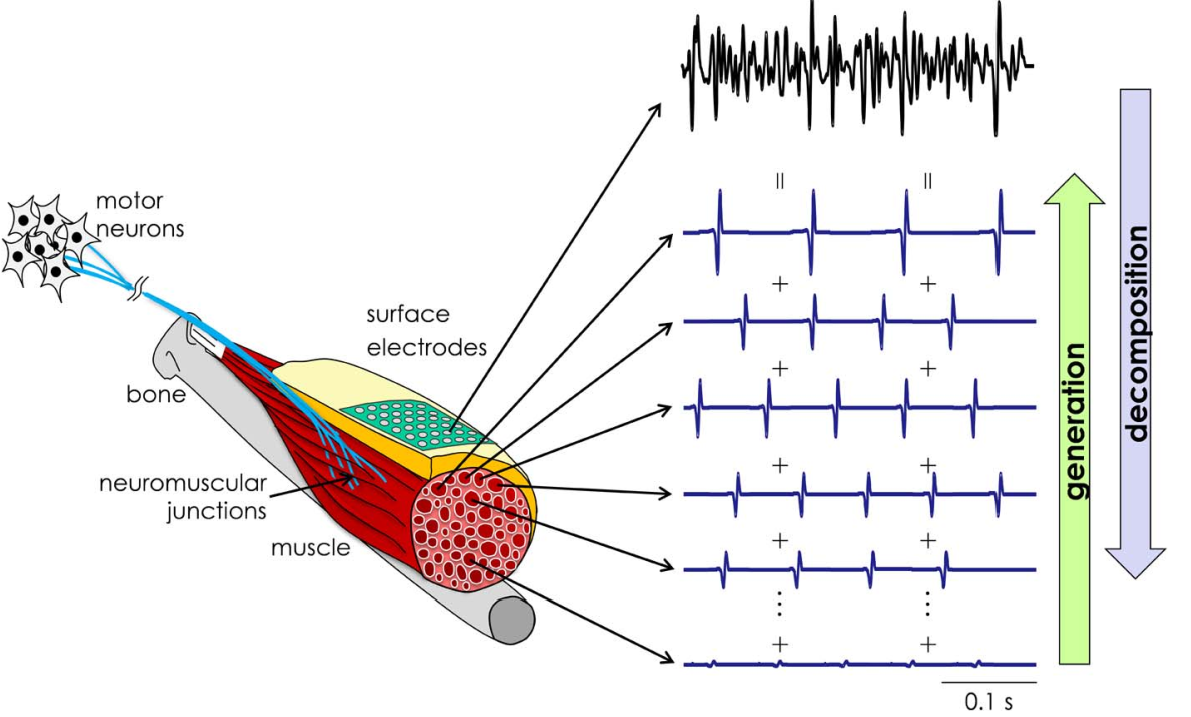
Research Projects
Tensor Decomposition Meets Blind Source Separation
Tensor decomposition plays a crucial role in Blind Source Separation (BSS) by providing a powerful mathematical framework to untangle mixed signals. In the context of BSS, tensors are multi-dimensional arrays that represent the observed mixtures of source signals. Tensor decomposition methods are employed to factorize these high-dimensional tensors into a set of component matrices or core tensors that represent the underlying sources. This enables the extraction of individual source signals even when the mixing process is unknown or complex. Tensor decomposition techniques enhance the ability to model intricate relationships between sources, offering a versatile approach for separating sources in scenarios where traditional methods may face limitations. The application of tensor decomposition in BSS is particularly valuable in fields like audio processing, image analysis, and neuroimaging, where disentangling mixed signals is essential for gaining meaningful insights from complex data.
In this project, we investigate the problem of blind source separation (BSS) through the lens of tensor decomposition (TD). Two fundamental connections between TD and BSS are established, forming the basis for two novel tensor-based BSS methods, namely TenSOFO and TCBSS. The former is designed for a joint individual differences in scaling (INDSCAL) decomposition, addressing instantaneous (linear) BSS tasks; while the latter efficiently performs a constrained block term decomposition (BTD), aligning with the design of convolutive BSS. Leveraging the benefits of the alternating direction method of multipliers and the strengths of tensor representations, both TenSOFO and TCBSS prove to be effective in BSS. Experimental results demonstrate the robust performance of TCBSS in addressing both BTD and convolutive BSS tasks, particularly when dealing with electromyography (EMG) signal decomposition.
Collaborators: Prof. Karim Abed-Meraim, Prof. Philippe Ravier, Prof. Olivier Buttelli from University of Orleans, France and Prof. Ales Holobar from University of Maribor, Slovenia.

Selected Publications:
[1] L.T. Thanh, K. Abed-Meraim, P. Ravier, O. Buttelli, A. Holobar. Tensorial Convolutive Blind Source Separation. IEEE International Conference on Acoustics, Speech and Signal Processing (ICASSP), 2024.
[2] L.T. Thanh, K. Abed-Meraim, P. Ravier, O. Buttelli, A. Holobar. Joint INDSCAL Decomposition Meets Blind Source Separation. IEEE International Conference on Acoustics, Speech and Signal Processing (ICASSP), 2024.
Other information
Contact: Dr. Le Trung Thanh, AVITECH



